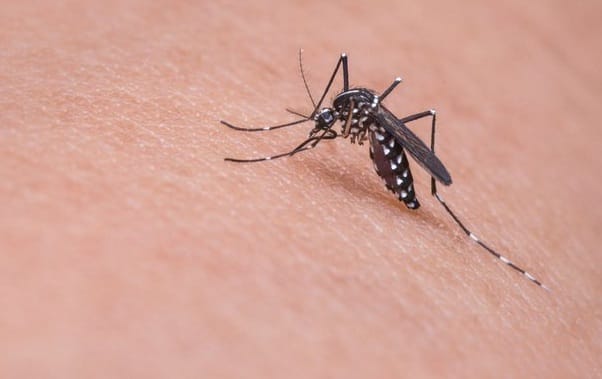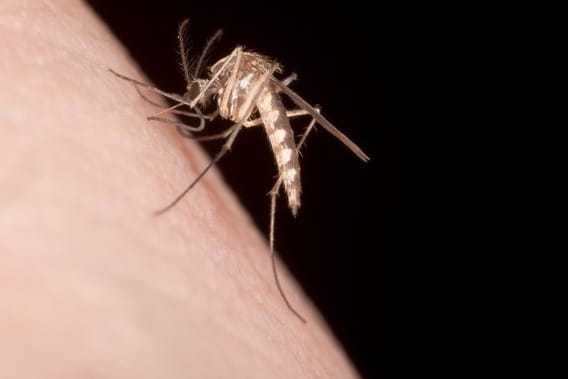
Eastern equine encephalitis (EEE) is a rare but potentially fatal viral disease spread by mosquitoes. Although it primarily affects horses, humans can also become infected with this virus, which can lead to severe neurological complications and, in some cases, death. In this article, we’ll explore EEE, its symptoms, risk factors, and preventive measures to help raise awareness of this serious condition.
What is Eastern Equine Encephalitis?
Eastern equine encephalitis is caused by the EEE virus, which belongs to the Alphavirus genus. The virus spreads primarily in wild birds, especially in freshwater swamps and marshes where mosquitoes breed. Mosquitoes become infected by feeding on these birds and can then spread the virus to humans and horses through their bites.
Transmission
Although mosquitoes are the primary vectors of the EEE virus, it is important to note that humans cannot spread this virus to other humans. Instead, EEE outbreaks are associated with the activity of specific mosquito species, particularly Culiseta melanura, which thrive in wetland areas. The risk of infection increases in areas with high mosquito populations, especially during late summer and early fall.
Symptoms of EEE

The symptoms of Eastern Equine Encephalitis can range from mild to severe. After an incubation period of approximately 4 to 10 days, infected individuals may experience:
– Initial Symptoms:
– Fever
– Chills
– Fatigue
– Headache
– Muscle Pain
– Neurological Symptoms:
– Confusion
– Seizures
– Loss of Consciousness
– Coma
In severe cases, the disease can cause significant swelling in the brain (encephalitis) and result in long-term neurological damage or death. EEE can have a mortality rate of up to 30% in infected individuals, making it one of the deadliest mosquito-borne diseases in the United States.
Risk factors
Certain factors may increase the likelihood of infection with EEE:
1. Geographic location: EEE is more prevalent in the eastern United States, especially in coastal areas and areas with abundant wetland habitat.
2. Seasonal pattern: The risk of EEE usually increases during the late summer and early fall when mosquito populations peak.
3. Age and health status: Older adults and individuals with weakened immune systems are at greater risk for severe illness and complications from EEE.
4. Occupational exposure: People who work in outdoor environments, such as farmers and landscapers, may be at greater risk of being bitten by infected mosquitoes.
Diagnosis and Treatment
Diagnosis of eastern equine encephalitis involves a combination of clinical evaluation and laboratory tests. Healthcare providers may perform blood tests to detect the presence of EEE antibodies or the virus itself.
Currently, there is no specific antiviral treatment for EEE. Management of the disease is primarily focused on supportive care, including:

– Hospitalization: Severe cases often require intensive medical care to manage symptoms and complications.
– Symptomatic treatment: Patients may be given medications to control fever, seizures, and other symptoms.
Early identification and intervention are important, as they can significantly impact outcomes.
Prevention Strategies
Preventing eastern equine encephalitis largely depends on reducing exposure to mosquitoes. Here are some effective strategies:
1. Avoid mosquito bites:
– Use insect repellent: Apply repellents containing DEET, picaridin or oil of lemon eucalyptus when outdoors.
– Wear protective clothing: Long sleeves, pants and socks can reduce skin exposure to mosquitoes.
2. Reduce mosquito breeding sites:
– Remove standing water: Remove stagnant water from flower pots, birdbaths and drains to prevent mosquito breeding.
– Maintain swimming pools: Make sure pools are properly maintained and chlorinated.
3. Stay informed:
– Monitor local health alerts: Be aware of EEE activity in your area, especially during peak mosquito seasons.
4. Vaccination for horses:
– Vaccinate horses: Vaccines are available for horses and they can significantly reduce the risk of infection.
See more about: